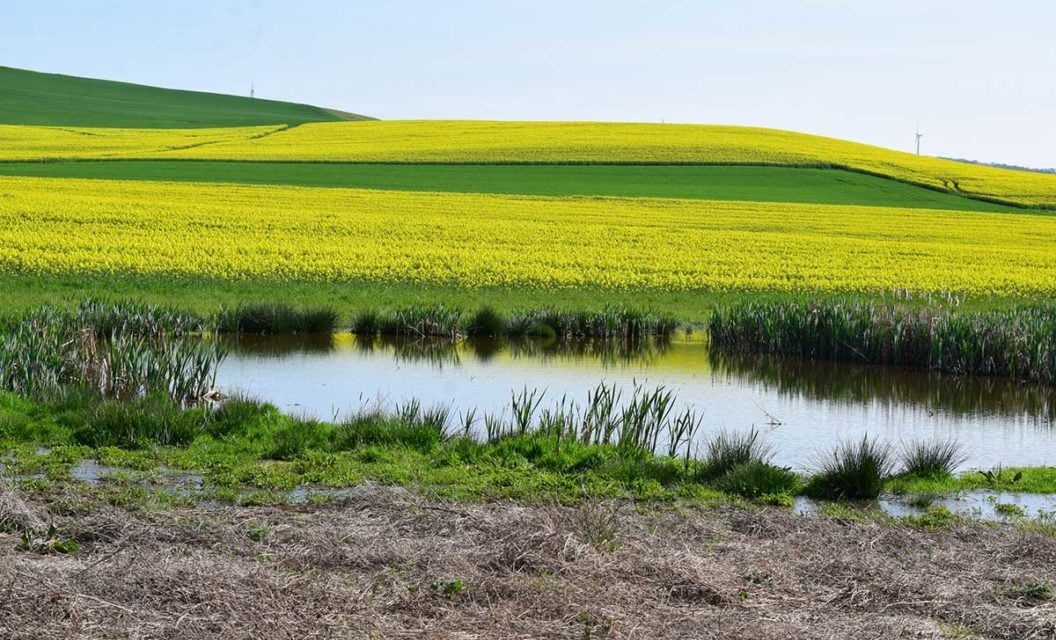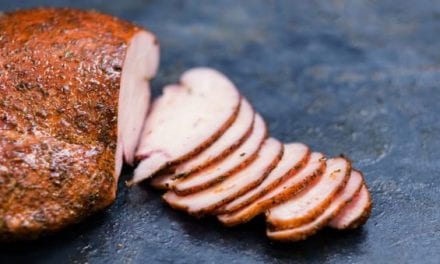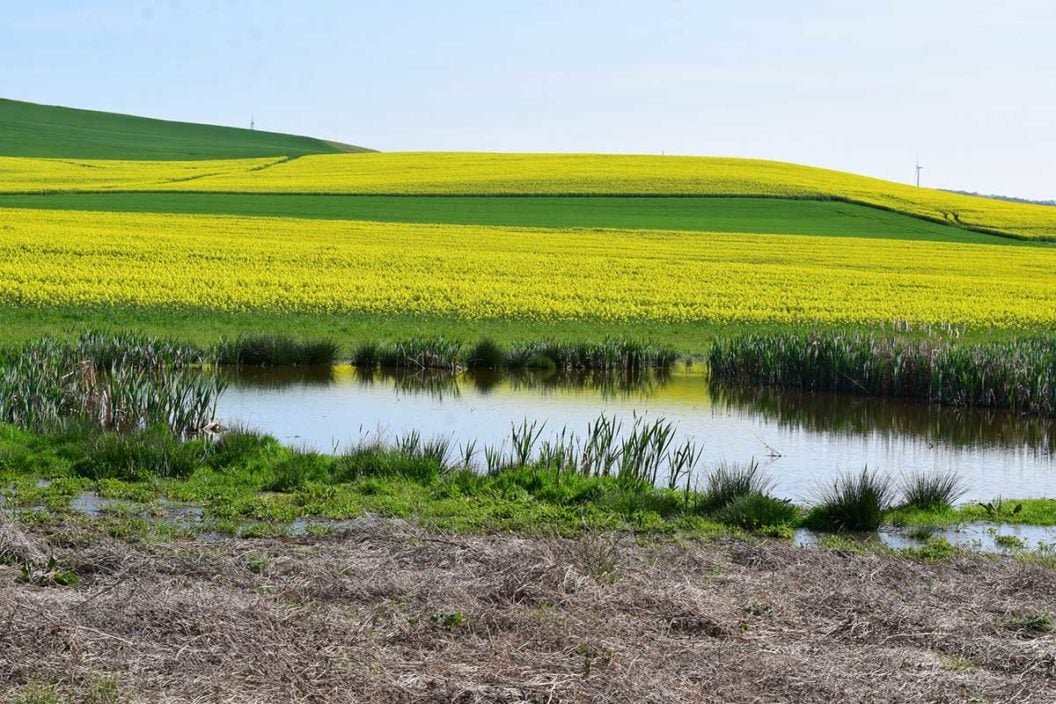
There seems to be a lot of head scratching and confusion when it comes to what makes a property a good habitat for waterfowl. In fact, most hunters will opt to book a guided hunt without even realizing they may have the opportunity to bring the ducks to them, rather than travel for them. If you were to ask any waterfowler what the number one ingredient is for attracting ducks, 10 times out of 10 they will say water. While all bodies of water aren’t created equal in the eyes of drakes and hens, knowing how to attract ducks to ponds is where we all have to start. While most people likely see ponds as a great place to cast a line on a Sunday afternoon and wait for a strike from a largemouth bass, I look at them and only see one thing: DUCKS! In fact, some of my best days hunting these wonderful waterfowl have been spent on small water, as opposed to some of the larger bodies of marsh that you’ll see on TV. If purchasing 200 acres of flooded timber near the Mississippi Delta is out of the budget for you (as it is for me), then check out some of these tips on how you can turn your small body of water into the perfect spot to set up your blind this winter.
Create Food and Shelter
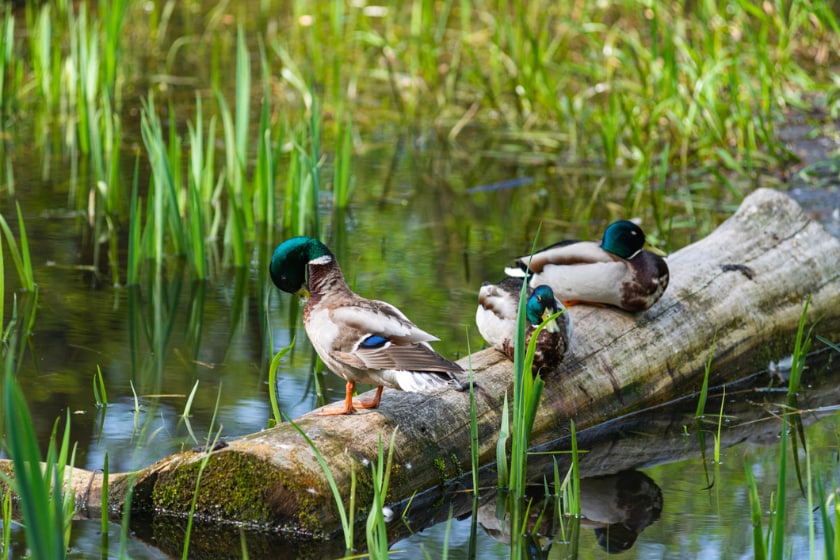
Having a body of water is great, but you won’t attract ducks to ponds without giving them something to eat and enough cover to feel safe while doing so. The great thing is that most of the food and shelter that ducks prefer are very flood-tolerant and usually require high levels of water, making it a win-win. Achieving good germination of this food and shelter will require some form of water management. The soil should be rather moist when planting, at low levels of water upon sprouting, and then at higher levels once these plants are more mature.
Seed varieties such as Japanese millet, smartweed, and of course rice provide a great buffet for passing ducks and allow them to be relatively concealed upon landing, which is always a plus. Ensure that you’re following all of the planting instructions, including suggested planting dates depending on where you are located. Mossy Oak’s BioLogic Guide’s Choice is a great blend that produces a great yield, provided the conditions are right.
Minimize Pressure
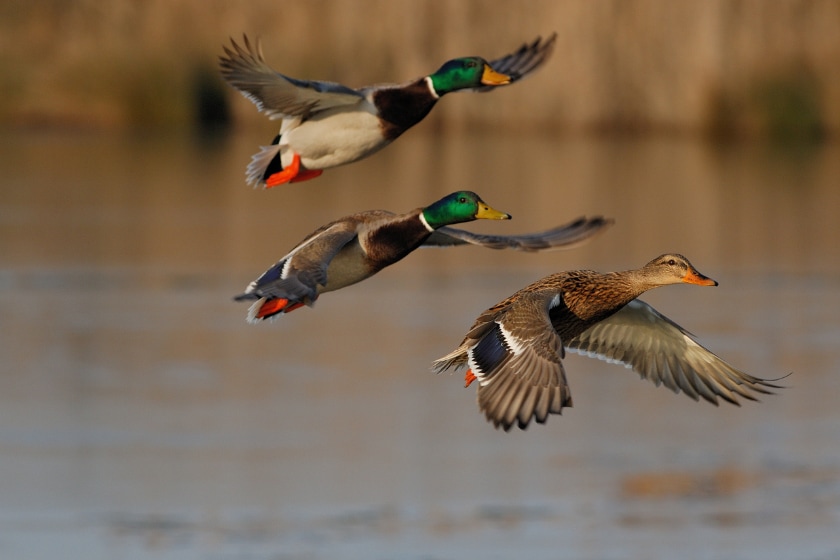
Smaller bodies of water will be much more impacted by hunting pressure. Ducks will quickly adapt to human intrusion, and too much skybusting will send them fleeing, making all your hard work futile. On smaller bodies of water, I limit my hunting to one sit every couple of weeks, and on those hunts I try to pack everything up by 11:00 a.m. to let the area rest and calm the ducks down. It can be tempting to hunt these areas hard–especially if they are near your house–but just because ducks are there doesn’t mean they will stay there.
When I visited Louisiana a few years ago on a duck hunting trip, I noticed how high a majority of the ducks were flying compared to my hunts in Tennessee and Missouri. When I asked my guide why that was, he said, “Our ducks have seen everything on the way down. Heck, you may have shot at these same birds back home. They’ve got college degrees by the time they get down here.” This just goes to show you how quickly and dramatically ducks will adapt to hunting pressure. Hunt wisely and sparingly.
Control the Water
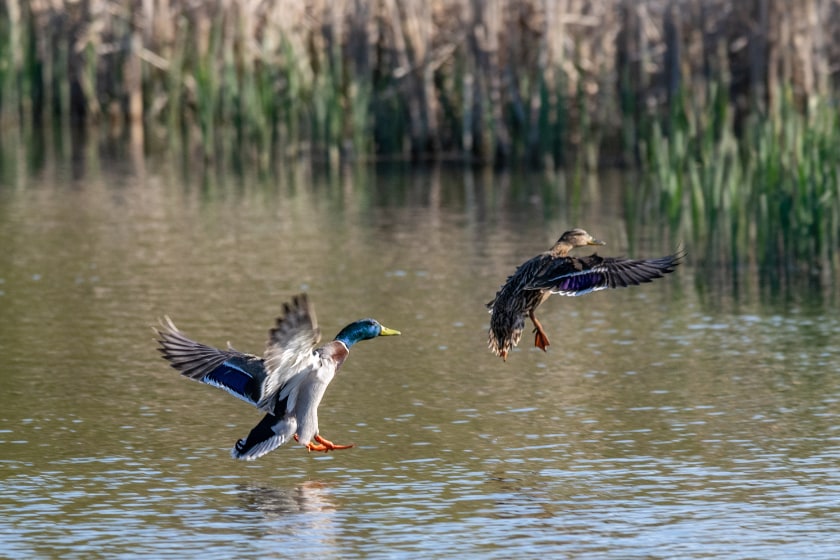
One of the toughest challenges when creating a waterfowl honey hole is also perhaps the most important. To attract ducks to ponds, you can’t simply have water, but the right amount of it. Ducks prefer not only water but also a specific amount of water. You’ve likely seen how effective flooded cornfields and timber can be. If you’ve ever river hunted, you’ve experienced how challenging it can be to get ducks to land.
Most ducks will prefer water that is less than 5 feet deep, with gradual banks surrounding that offer a more welcoming approach and provide better habitat for cover crops and food. It’s good to have a healthy mix of shallow flats, with certain areas that are closer to 4 feet deep to attract divers and dabblers. Other water management tools can be extremely beneficial to provide an attractive habitat for waterfowl. Air pumps are relatively inexpensive and will keep your water constantly moving, which will prevent freezing and allow your ducks to feed later into the season. If all other bodies of water in your area are frozen and your water is still open, you can count on ducks being there.
Use Decoys
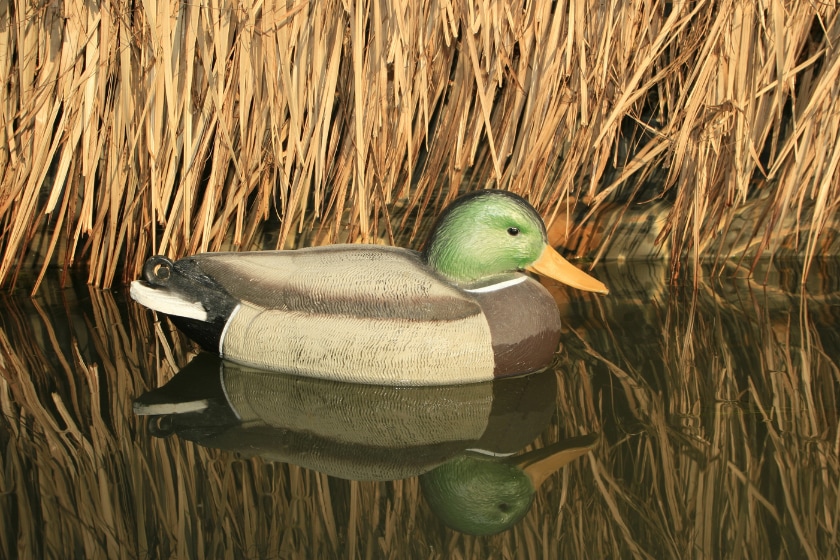
What may seem like an obvious suggestion is often overlooked on smaller bodies of water. Adding a few duck decoys will provide some comfort to flying ducks and entice them to come in and investigate the area. Ducks tend to feel safer in numbers, so try adding a few full-body standing decoys on the banks, along with some larger, more eye-catching decoys in the water such as black ducks or canvasbacks.
Just because you don’t live in Stuttgart, Arkansas or have 200 acres along the Mississippi Delta doesn’t mean you can’t experience the wonders of duck hunting. With some sweat equity, a good strategy, and a little bit of time, you can create an attractive duck pond and will be limiting out on some greenheads before you know it!
READ MORE: BEST SHOT SIZES FOR EACH WATERFOWL SPECIES
The post Turn Your Pond Into a Duck Honey Hole appeared first on Wide Open Spaces.

